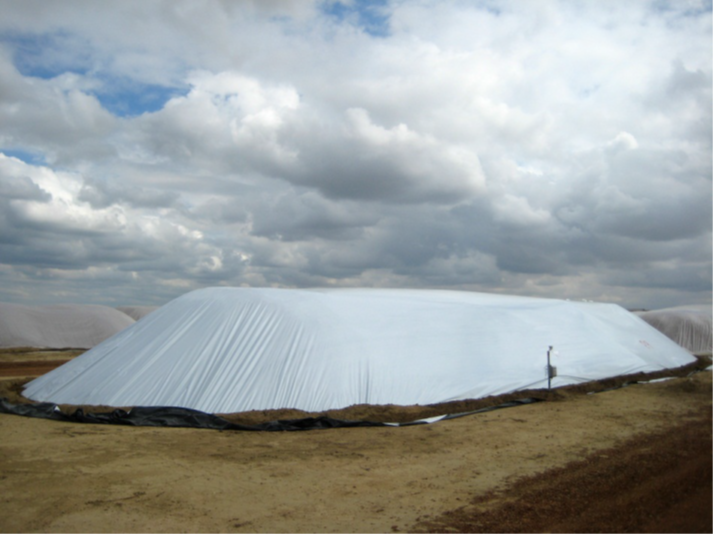Franz Niederholzer, UCCE Advisor, Colusa and Sutter/Yuba Counties
Luke Milliron, UCCE Orchards Advisor Butte, Glenn, and Tehama Counties
Bruce Lampinen, Tree Nut Extension Specialist, Plant Sciences Department, UC Davis
Many Sacramento Valley almond growing received almost 2” of rain in the last few days. While any rain is needed, this storm left wet almonds behind. If those nuts are not allowed to dry to delivery standards for moisture, mold can grow. Nut quality and grower returns will suffer. Careful treatment of rain-wet nuts will maintain quality and deliver the best returns possible to growers in a buyers’ market.
Nut Pickup:
Let hulls dry completely on the orchard floor before pick up. Good drying weather is in the forecast. Patience is needed, but good drying weather is on the way and the nuts should dry to a high-quality product if allowed to. Here are some critical points to delivering quality to the huller:
- Roll nuts lying flat (not windrowed) to maximize exposure to air and sun. Blow loose nuts from under the trees out into the drive rows where there is more sun light.
- Condition windrowed nuts wet by the rain. This is critical to faster drying.
- Do not pick up wet nuts. Target moisture levels for pickup = hull moisture below 12%, kernel moisture below 6%, or total fruit (hull and kernel) moisture under 9%. For reference, hulls snap at or below 11-12% moisture. Wet nuts going directly to the huller will not hull cleanly (embedded shell, etc.) and quality will suffer. Stockpiling wet nuts risks mold and concealed damage.
- Get a good sample when making decisions about moving nuts rained on this past week. Moisture levels can vary by 2% from the top to the bottom of the windrow or from near the tree trunk (shaded) to the row middles. Sample equally from all areas.
It is the start of fall and good drying weather is forecast. There should be no need to take nuts to open space for air drying or a commercial gas-fired dryer to deliver a quality crop, but those are options if the nuts need to be moved out of the orchard.
Stockpile Management:

Covered stockpiles: Designed to avoid moisture accumulation with N/S orientations, flat/smooth tops, and are ideally on a raised surface to avoid ponding (photo courtesy of Almond Board of California).
If covered to fumigate for navel orangeworm control or because of a forecast rain, take steps at setup to avoid moisture accumulation inside the stockpile. Ideally, stockpile sites should be on higher, well-drained areas to avoid puddling around the edges. Orient stockpiles north-south to get the most sun exposure possible to as many surfaces as possible. Piles should have smooth and flat tops, avoiding low spots where condensation allows water to accumulate. UC research recommends white on black tarps help avoid severe temperature fluctuations that increase condensation. Mel Machado (Blue Diamond) disagrees, he prefers clear plastic so that condensation on the inside of the plastic can be noticed promptly and the pile vented. Remove tarps when fumigation is finished and/or dry weather in the forecast. North winds are a great, free nut dryer. For more information on stockpile practices from The Almond Board and UC, click HERE.


Leave a Reply